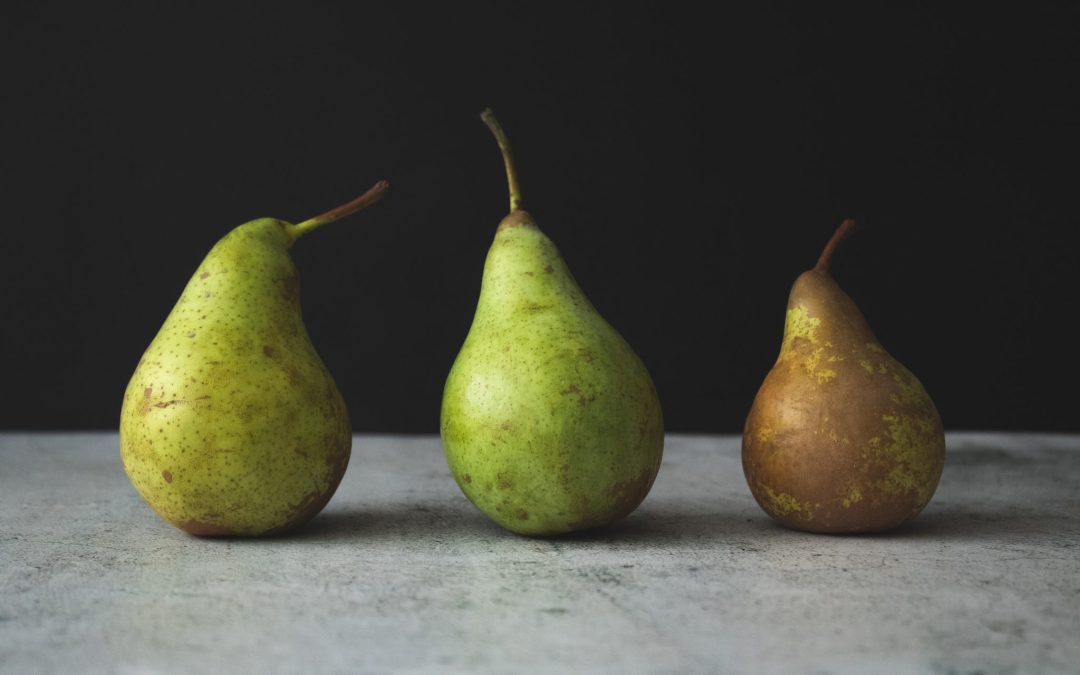At Presans, our regular involvement in the industrial perspective concerning the future of food confirms that this issue, which concerns us all, is crossed by contradictory trends :
Trend #1: a more sustainable diet
Trend #2: More transparent feeding
Trend #3: more authentic nutrition
These trends were inspired by our recent interviews with two players in the field of industrial innovation in wines and spirits: Alain Dufossé, former Director of the BIG (Breakthrough Innovation Group), and Thibaut Jarrousse, founder of 10-Vins, the startup that is revolutionizing wine tasting. Our next We Are Resilient webinar will be held on February 25 with them and will focus on the role of major groups and startups in breakthrough innovation focused on the future of food: to register, please click here.
Here I would like to start the preparation of the webinar by developing these three notions to derive a key for analyzing innovation in the food industry.
Sustainability
The sustainability of an activity depends on its impact on the planet: climate, resource conservation, pollution, biodiversity. Projects in the field of food aim to make a quantum leap in sustainability: for example by substituting plant proteins for animal proteins. But this is just one example in a teeming field, focused on the challenge of feeding a growing population on a planet whose warming needs to be slowed down.
Transparency
An organic label is a good example of transparency, among many others: sanitary traceability, certifications, labels of quality, origin, ethics, environment… The idea is to inform and educate the consumer. There can be a contradiction between transparency and innovations in the service of sustainability when the latter leads to a strong transformation of food.
Authenticity
Imagine a winegrower from a line of winegrowers, and you imagine at the same time a quality product. At least, that’s the idea: authentic products tell a story and thus bring a satisfactory resolution to the problem of trust.
Authenticity does not always combine well with transparency, because labels have a cost, which pushes concentration. Yet authenticity tends to inhabit systems that remain on a human scale.
Conclusion: a key to analyzing innovation in the food industry
Transparency and authenticity are not mutually exclusive but are often difficult to combine. They are two quite distinct methods for solving the problem of trust in sustainable systems. Transparency is better suited to large systems, authenticity to small sustainable systems. This table summarizes these relationships:
|
Large scale system |
Small-scale system |
|
|
Sustainable |
Based on Transparency |
Based on Authenticity |
|
Unsustainable |
Systemic crisis |
Local Failure |
Question 1 for our readers: how to analyze with this triangular key a startup like Ÿnsect? A cooperative like Isigny Sainte-Mère ? A start-up like 10-Vins? A large group like Pernod-Ricard?
Question 2: What can digital transformation tools bring to overcome the tensions between authenticity and transparency, and/or between transparency and sustainability?


